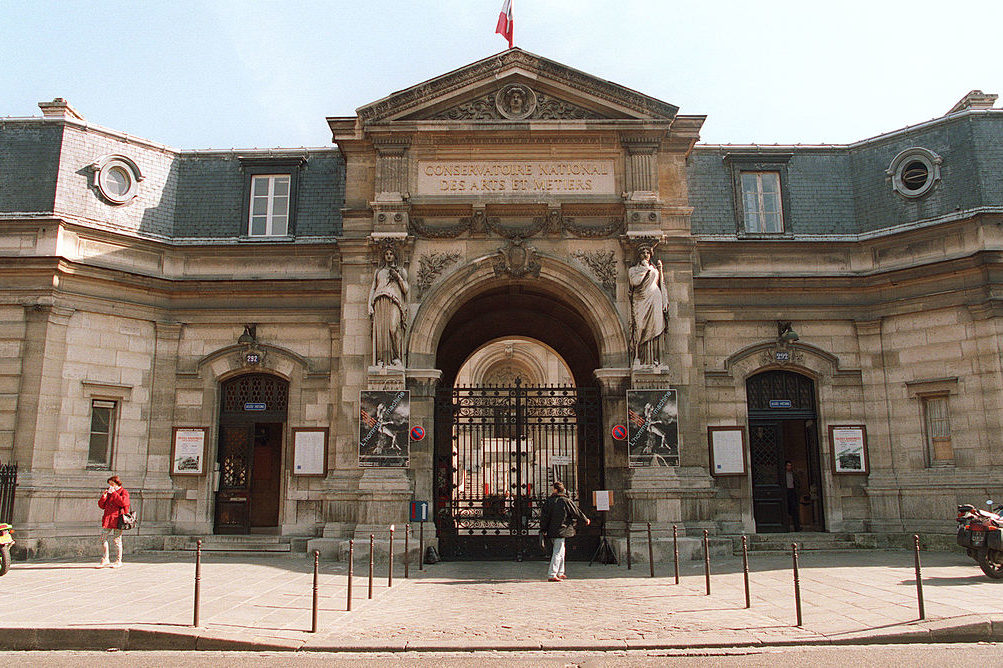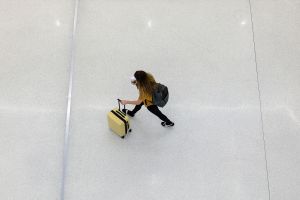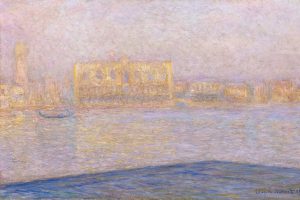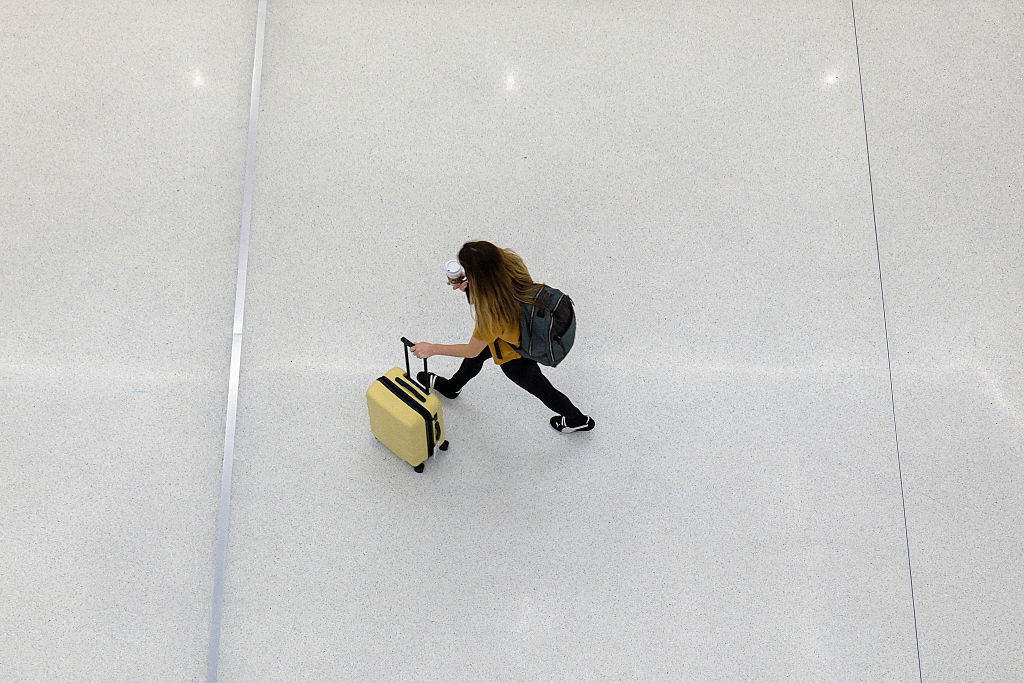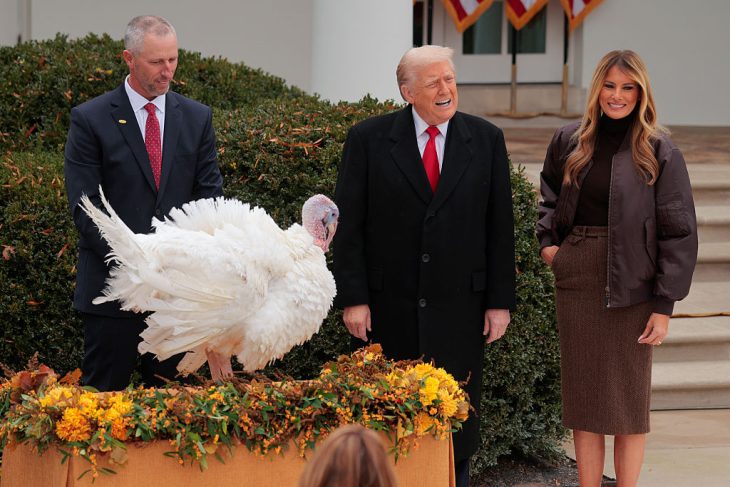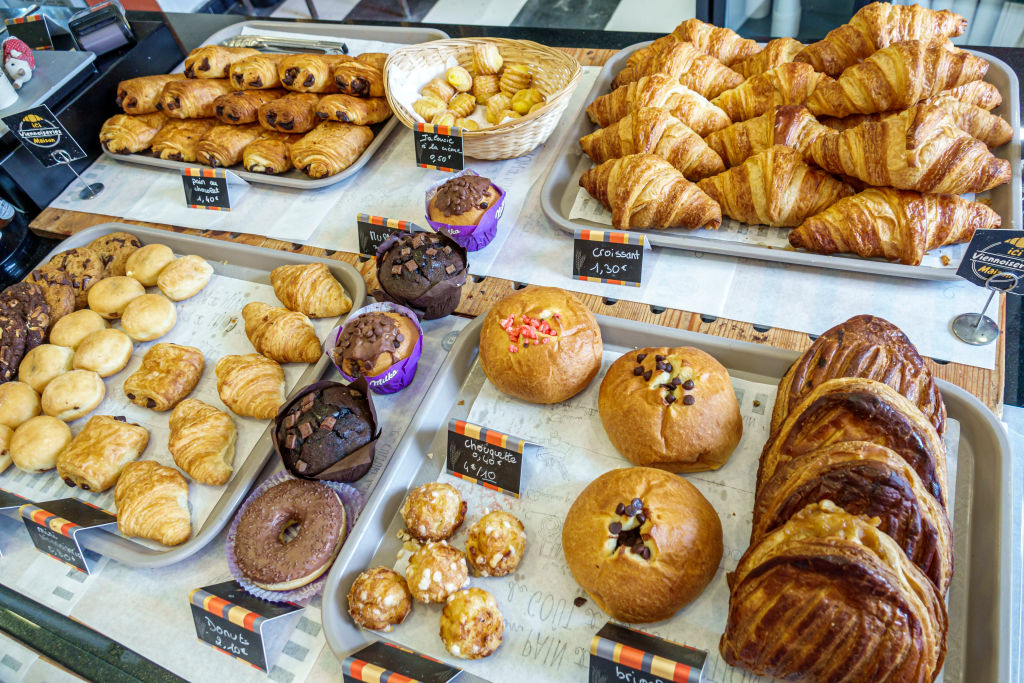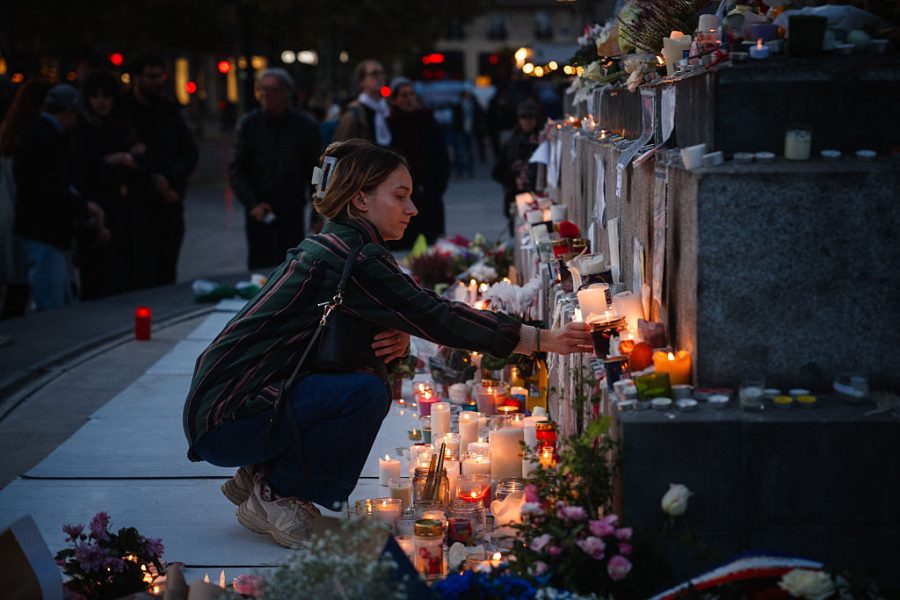Museums used to be such comfortable spaces. Peaceful. Places of remembered somnolent plodding on school outings or rainy Sunday afternoons; somewhere to eat a lunchtime sandwich or sneak a quiet doze in front of a favorite painting, somewhere you maybe never actually went but were vaguely pleased to have around, like a respectable elderly relation. Museums existed in a rarefied (if somewhat dusty) realm beyond the exigencies of daily life, where voices were lowered and visitors emerged with a gratifying sense of being hallowed by contact with Culture.
However, museums across the world currently find themselves on the front line of that hardiest of perennial abstract conflicts, the culture wars. Scarcely a day goes by without the resignation of another curator of a distinguished institution making headlines, including in the last year Jill Snyder of the Cleveland Museum of Contemporary Art and Gary Garrels of the San Francisco Museum of Modern Art. The recent appointment of former British chancellor George Osborne to the board of the British Museum was met with howls of outrage, while London’s Royal Academy is embroiled in a debate over the destocking, and subsequent restocking, of works by an allegedly transphobic artist in its gift shop. Amid impassioned calls for the decolonization of collections, demands for restitution of ‘looted’ artworks and accusations of systemic racism, the selection of works for show and the contextualization of exhibits has become a political tightrope which many curators are finding hard to cling to when the legitimacy of their very existence is being interrogated. As Marz Saffore, an activist for DTP (Decolonize This Place) has stated, ‘Museums as we know them have to be abolished. I don’t want my voice to be added to museums that are often trophy cases for imperialism.’
Museums have, arguably, never been politically neutral. The museum as we know it was a creation of the Enlightenment, specifically of the 1793 Convention in France in the first year of Napoleon’s rule. The collections of the Louvre and the Musée des Arts et Métiers were formed largely from works confiscated from the Church and the aristocracy post-French Revolution, with the explicit aim of making art available to the citizens as a function of their newly-acquired equality. Great art was no longer to be an inaccessible privilege of the rich, a principle which has been broadly embraced by the acceptance of public funding for museums, however faulty or compromised it may be. Far from being undesirable, the engagement of audiences with artworks has been hotly pursued by curators ever since. Nonetheless, the response of many institutions to a generation of museum-goers who wish to do precisely that at present seems somewhat clumsy.
In 1997, the Sensation show at the British Royal Academy — and subsequently at the Brooklyn Museum — included Myra, a portrait by Marcus Harvey of the notorious Moors murderer Myra Hindley, an accomplice in an appalling series of child killings in the mid-1960s. The portrait was a mosaic of casts of infant hands, assembled to produce a facsimile of Hindley’s universally-recognized police mugshot. The then secretary of the Royal Academy, Norman Rosenthal, described Myra as a ‘very, very cathartic picture’, but a horrified public disagreed. Four members of the Royal Academy resigned, the windows of the gallery were smashed, the painting was vandalized twice and Hindley wrote from prison to ask for the piece to be removed. Police visited the show but were unable to find grounds for removal or prosecution under the Obscene Publications Act. While many were disgusted by Harvey’s work, Sensation attracted over 300,000 visitors in Britain and its transfer two years later to New York attracted both controversy — the show was denounced by then Mayor Rudy Giuliani — and interest in similar proportions.
It’s not hard to imagine a similarly distasteful work being produced now, but almost impossible to conceive that it would be allowed to be shown either in the US or the UK. In the aftermath of the COVID pandemic, it appears that debate has given way to docility. During the year that everything went online, museums were obliged to reinvent their offering. Lockdown presented an opportunity to connect with new as well as returning audiences, and many museums reported a surge in virtual visits, but online exposure left them more vulnerable than ever to vociferous online activism. Again, this can be seen as a positive, but not if the questioning of the purpose of the museum becomes subject to a blanket of incurious orthodoxy.
Take the current calls for the restitution of objects to their countries of origin. Is there an historical cut-off point at which alleged exploitation and racism in the acquisition or creation of an object is seen to be irrelevant? Disputing the colonialist bias of museums is an urgent and necessary task, but how far does that bias stretch? Does colonialism encompass the slave labour which built Florence and Venice, or the glories of the Aksumite period of Ethiopian imperial architecture?
Abolishing museums serves nobody. We are the only species on the planet to observe and wonder at our own existence. In the words of James Bradburne, director of the Pinacoteca di Brera in Milan, ‘We are all, without exception, immigrants from a known past to an uncertain future… We are who we are because we take Caravaggio with us. We belong to a shared culture because our “cultural baggage” includes Titian, Lotto, Raphael, but also Islamic calligraphy, Tang Dynasty frescoes and Benin bronzes. Without the museum — our common storehouse — we travel into the future diminished and unprepared. It is in the museum we discover ourselves, and where we become who we are. In our battle against intolerance and extremism, the museum is one of our most powerful weapons.’
In the aftermath of the Terror in Revolutionary France, the purpose of the museum was understood to be preservation, rather than destruction. Dissent and criticism are essential to what we choose to display, but intolerance in any form should have no place in the very spaces where conversation creates meaning.
Lisa Hilton is a British historian and broadcaster. In addition to her history books, she is the author — as L.S. Hilton — of psychological thrillers Maestra, Domina and Ultima.



